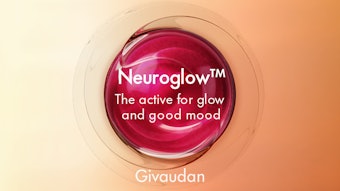Hydrolyzed jojoba esters are derived from jojoba oil, a unique natural oil expressed from the seed of the jojoba plant. Jojoba oil (INCI: Simmondsia Chinensis (Jojoba) Seed Oil) is unlike other “fixed,” i.e. botanically derived, oils in that it is a true wax ester, in contrast to the triglyceride oils often found in the seeds of other botanical species. Jojoba oil primarily consists of straight chain monoesters of C20 and C22 alcohols and fatty acids with one point of unsaturation on each side of the ester linkage.1 It is the only known botanical wax ester that remains liquid at room temperature. In addition, its chemical structure is similar to the large wax ester component of human skin sebum, making jojoba oil well-suited to augment skin moisturization and barrier repair.
Similarly, hydrolyzed jojoba esters (HJEs) also exhibit unique moisturization and substantive properties in cosmetic and personal care formulations, as will be shown. HJEs are the partial saponification product of jojoba oil, whereby the ester bond linking the constituent fatty acids and alcohols is severed, thus liberating the hydrophobic fatty alcohol and creating a hydrophilic salt of the jojoba fatty acid (see Figure 1).
Lab Practical: Using HJEs
- H1 is soluble in glycerin, isopropyl alcohol, polysorbate 20 and ethanol.
- H2 is soluble in isopropyl jojobate, propylene glycol, isopropyl alcohol, oleyl alcohol and ethanol.
- HJEs have a pH range of 9–11 but are stable down to a pH of about 3.
- HJEs can neutralize existing carbomers.
- HJEs also have demonstrated fragrance fixative properties and can improve the ability of quaternium compounds










